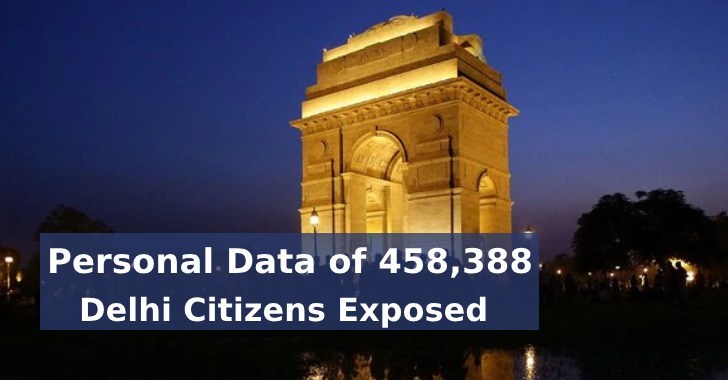A database that contains highly sensitive information of about 458,388 individuals located in Delhi exposed for public access without any password protection.
Security researcher Bob Diachenko discovered the publically exposed database name “GNCTD” that indexed by Shodan.
The 4.1GB-sized MongoDB belongs to Government of National Capital Territory of Delhi and by analyzing contents Bob Diachenko concluded the database belongs to company named Transerve and it incluudes the following.

- EB* Registers
- EB Users (14,861)
- Households (102,863)
- Individuals (458,388)
- Registered Users (399)
- Users (2,983)
The database contains the registered users of transerve with the Email addressed @transerve.com including the email address that has the admin level permissions with the hashed passwords.

Database contains two collections that has a detailed information about the individuals.
Individuals Collection details about a
Households collection includes fields such as name’, ‘house no’, ‘floor number’, ‘geolocation’, area details, ’email_ID’ of a supervisor, ‘is the household cooperating for survey’ field, ‘type of latrine’, ‘functional water meter’, ‘ration card number’, ‘internet facility available’ and even ‘informan name’ field.

Bob Diachenko contacted Transerve and there is no response, then he contacted CERT India and then the databse has been secured and taken offline.
We cannot say for sure that this database is connected to GNCTD, but that is highly likely based on the evidence, it remains unknown for how long the database is online without the password.
The exposed data could be a stepping stone for attackers to launch a high profile attack targeting the indivicuals.
MongoDB published a security checklist that provides a list of security measures that server administrators should implement to protect your MongoDB installation.
Also Read










